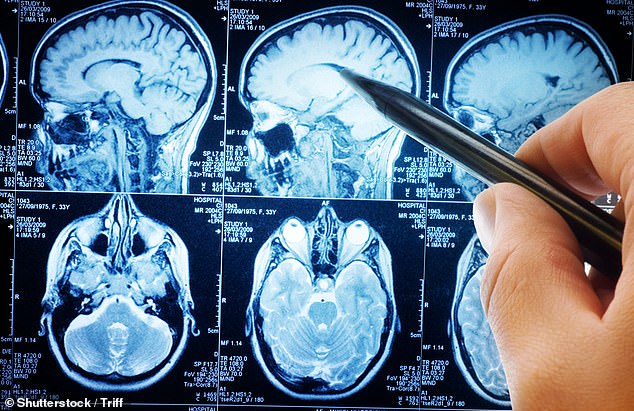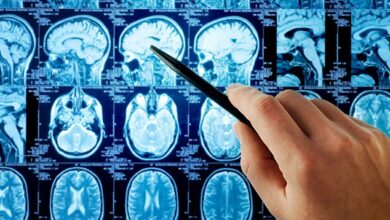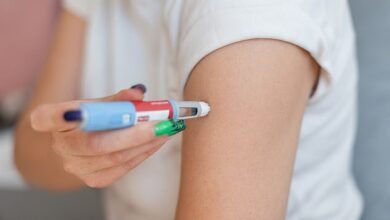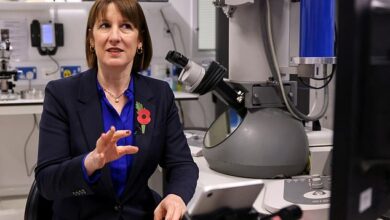A brain scan at age 10 could predict whether you’ll develop depression as an adult, an intriguing study suggests


American researchers have discovered that in people with depression, a part of the brain is almost twice as large as in healthy people.
Interestingly, this difference means that signs of the mental illness can be noticed in people as young as 10 years old, before symptoms emerge later.
Experts hope their discovery could form the basis for future therapeutic treatments that address the damaging structural differences in the brain.
Their results are published in Natureexperts from Weill Cornell Medicine in New York looked at brain scans of 141 adults with depression and compared them with 37 control groups.
They found that a part of the brain involved in paying attention to rewards and threats, called the frontostriatal salience network, was larger in people with depression.

American research shows that people with depression have a part of their brain that is almost twice as large as that of healthy people.
Researchers then examined whether this difference in brain structure also occurred in children before they developed depression as teenagers.
To do this, they examined scans of 57 children, taken when they were between 10 and 12 years old, who later became depressed at age 13 or 14.
The authors compared these scans with an equal number of children from the same study who did not develop depression.
They found that the frontostriatal salience network in children who developed depression was about one-third larger than in controls.
The authors wrote: ‘These results demonstrate that cortical expansion of the salience network is a characteristic feature of brain network organization that remains stable over weeks, months, and years, is not affected by mood state, and can be observed in children before the onset of depressive symptoms in adolescence.’
They say their results suggest that brain scans of children could potentially be used as a marker for the risk of depression during adolescence.
However, they noted that more research is needed to confirm their findings.
According to data from the Office for National Statistics (ONS), around one in six adults in the UK experienced moderate to severe depressive symptoms in 2022.
This also comes as it emerged earlier this year that almost a quarter of children in England now have a ‘probable mental health disorder’, according to a report from the ONS.
The number of these disorders, determined on the basis of responses to a questionnaire among eight- to sixteen-year-olds, is increasing.
Data from 2023 showed that 23.3 percent of children were likely to have a mental health disorder, such as anxiety or depression, up from 19 percent the year before.
Experts have previously pointed to the impact of the COVID pandemic and the disruption it is causing to children’s education and social lives, in addition to the cost of living crisis and social media, as being detrimental to children’s mental well-being.
While most people go through periods of feeling down, people who feel down for weeks or months are advised to seek help from their GP.
Treatment for depression varies depending on the severity. For milder forms, your GP may suggest exercises or talk therapy.
In severe cases, a combination of therapy and medications, such as antidepressants, may be prescribed.




